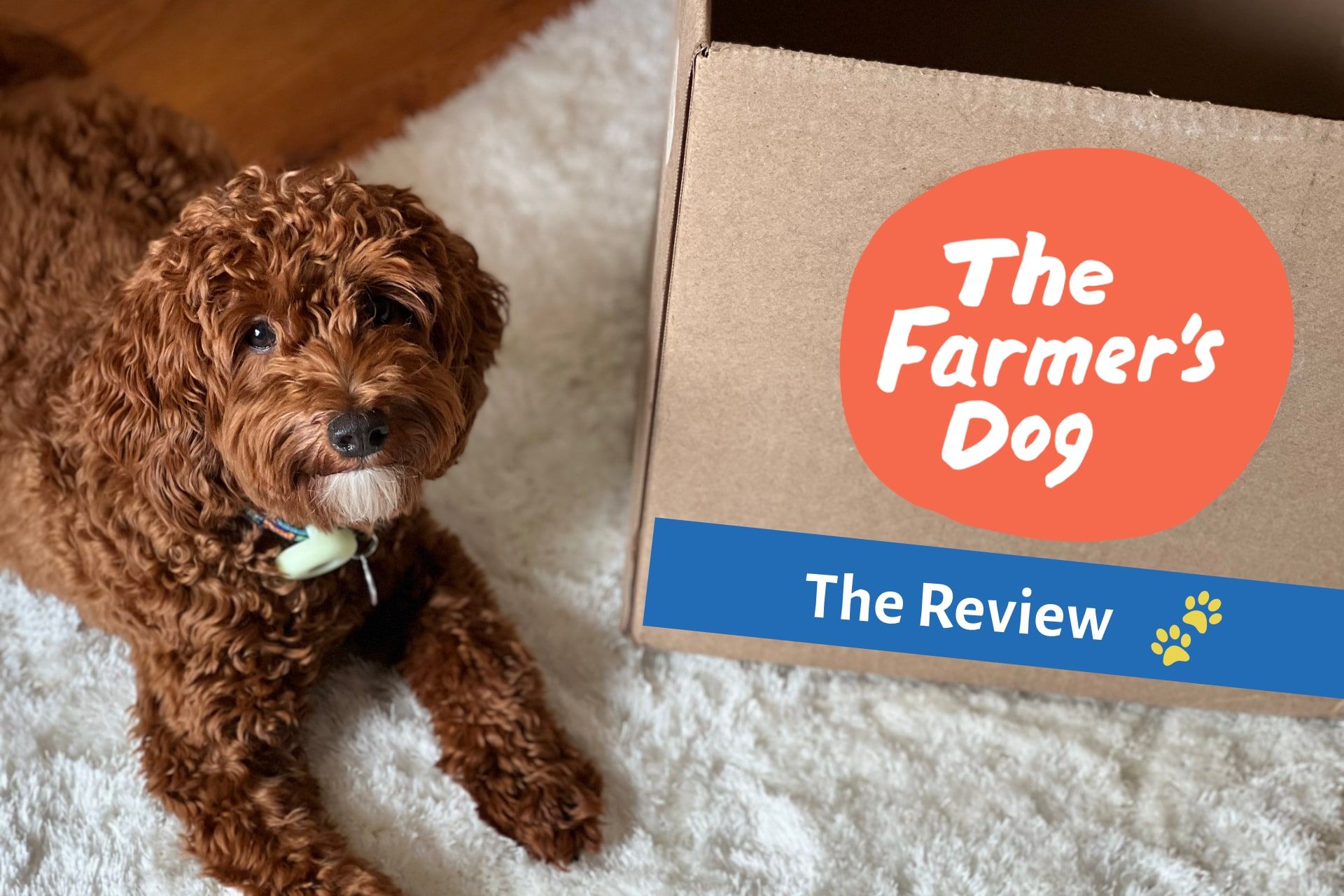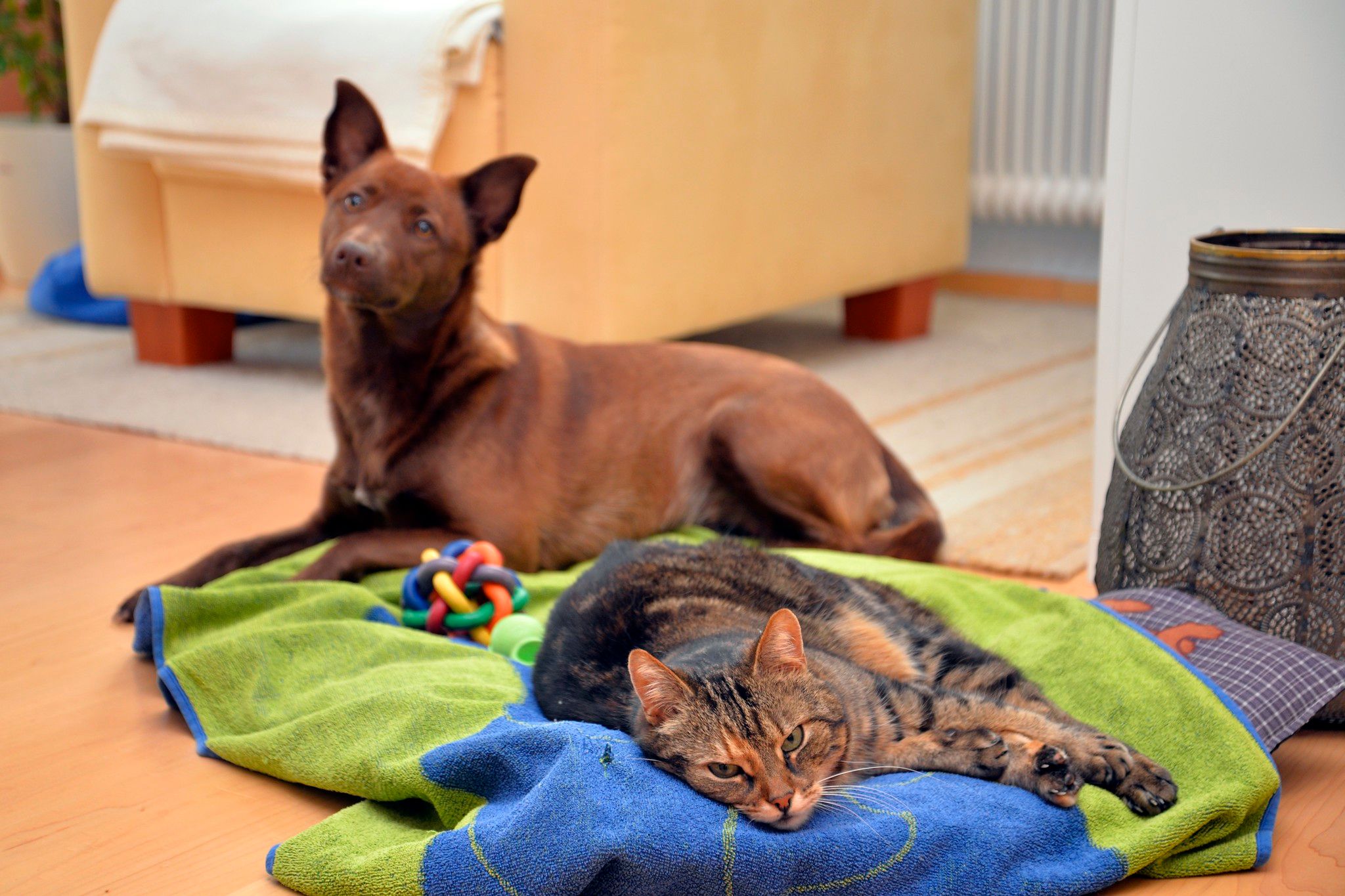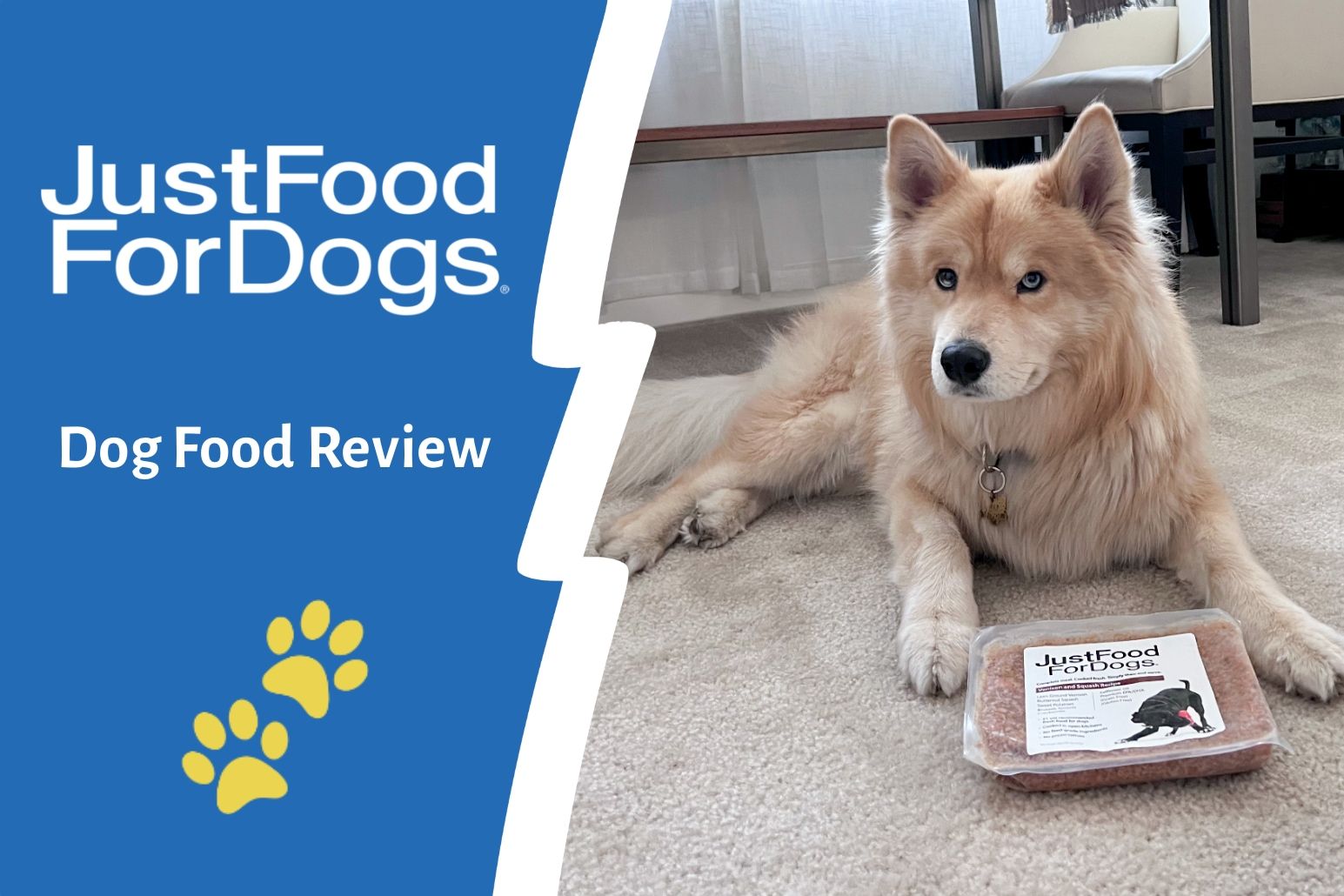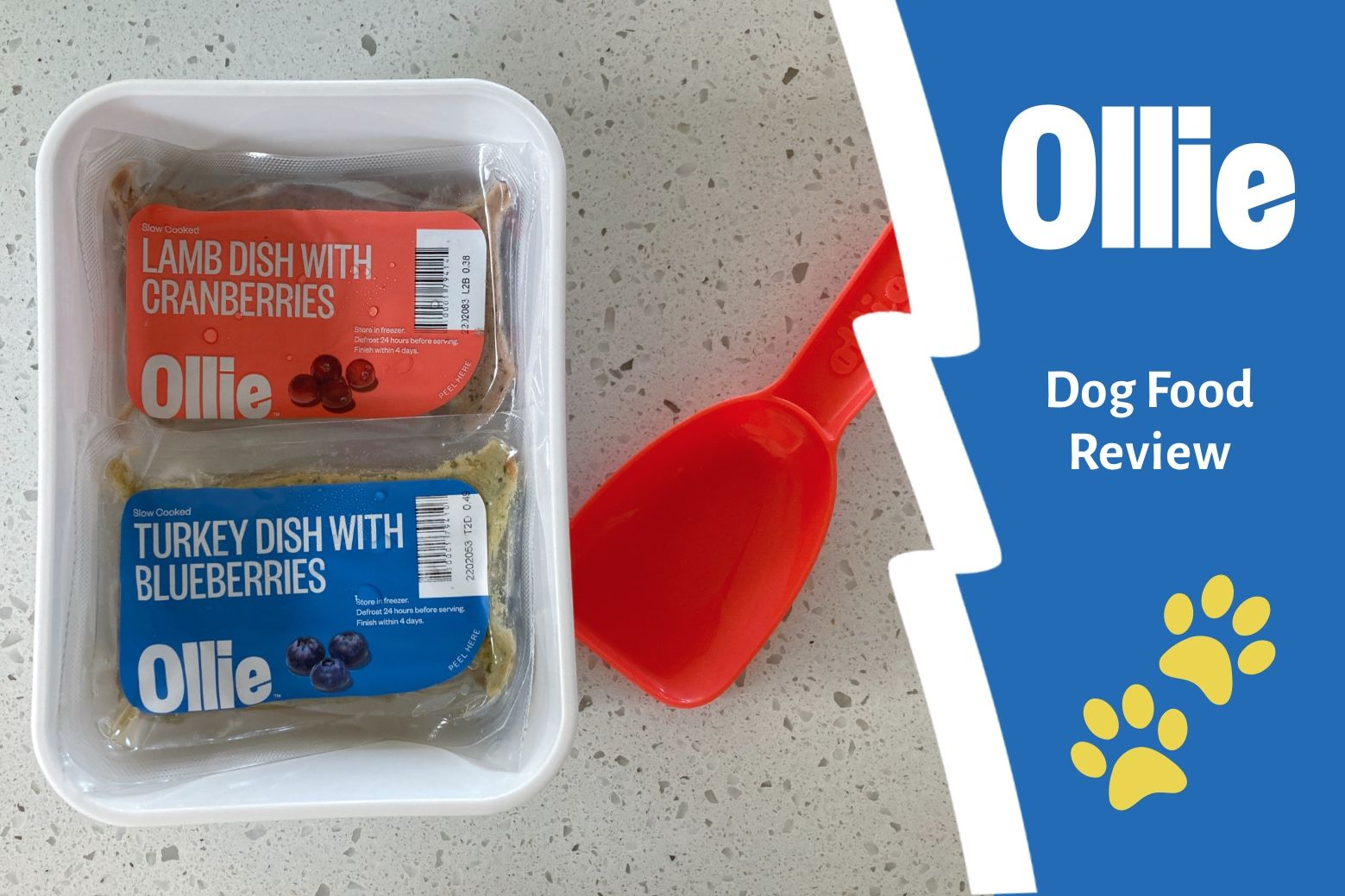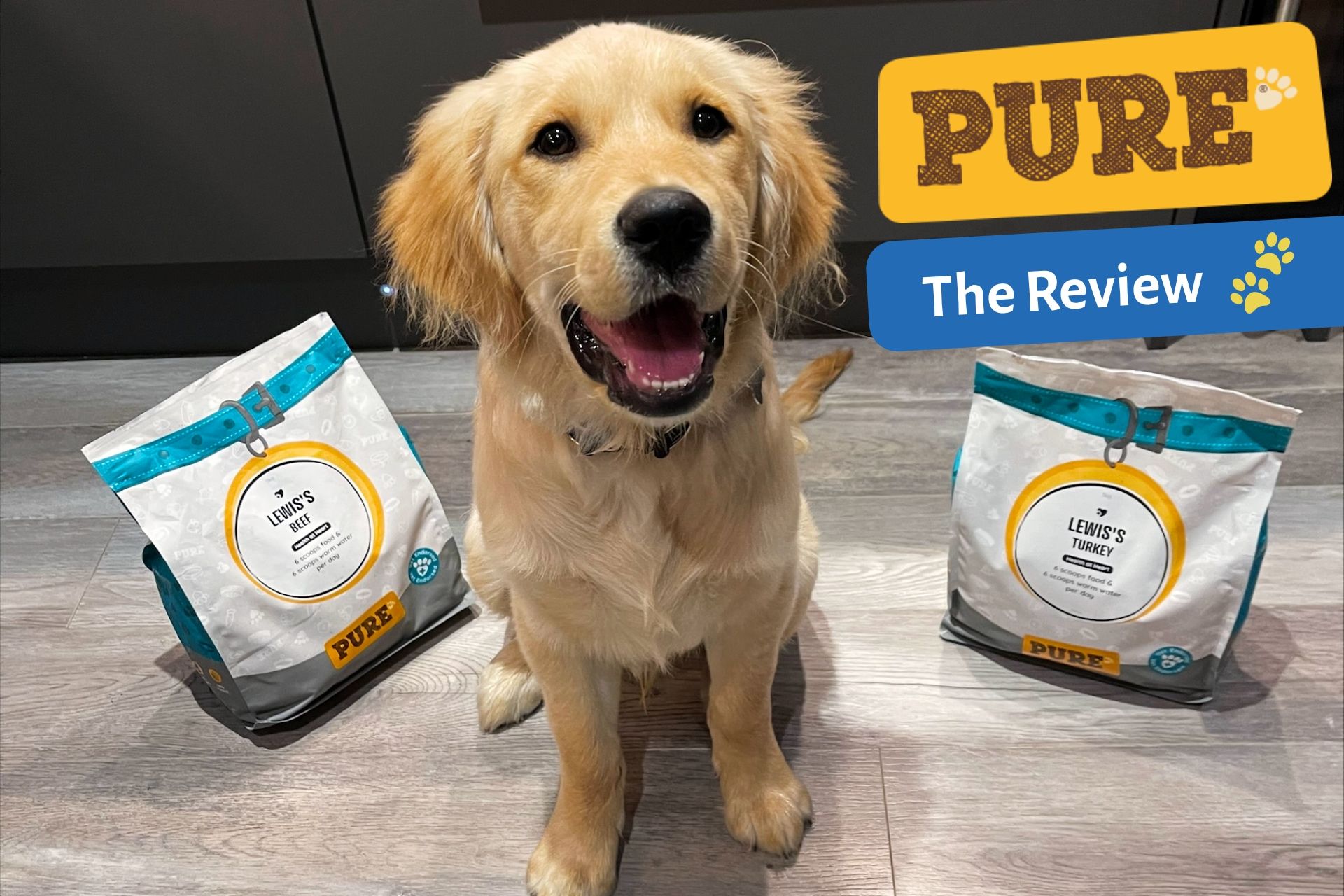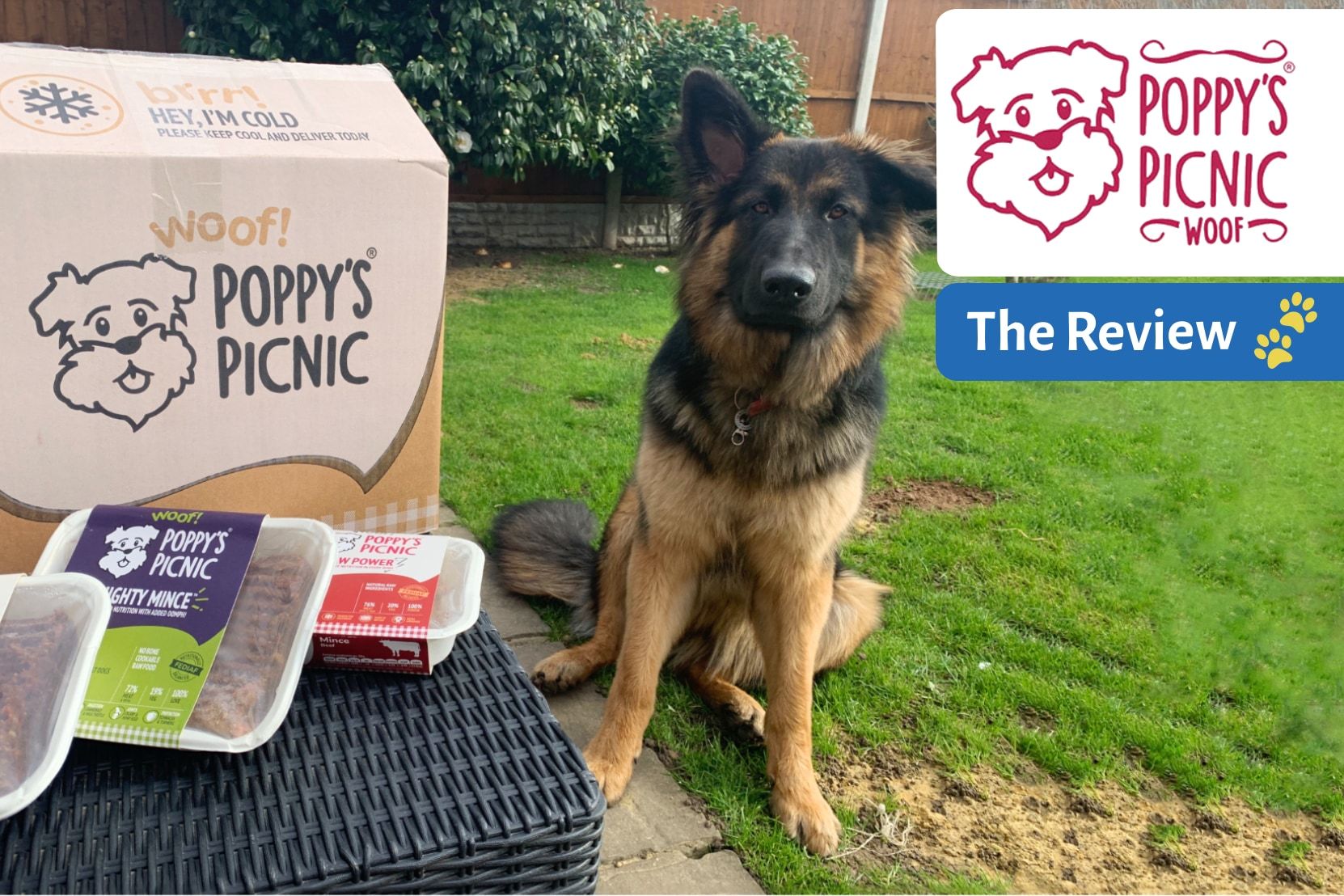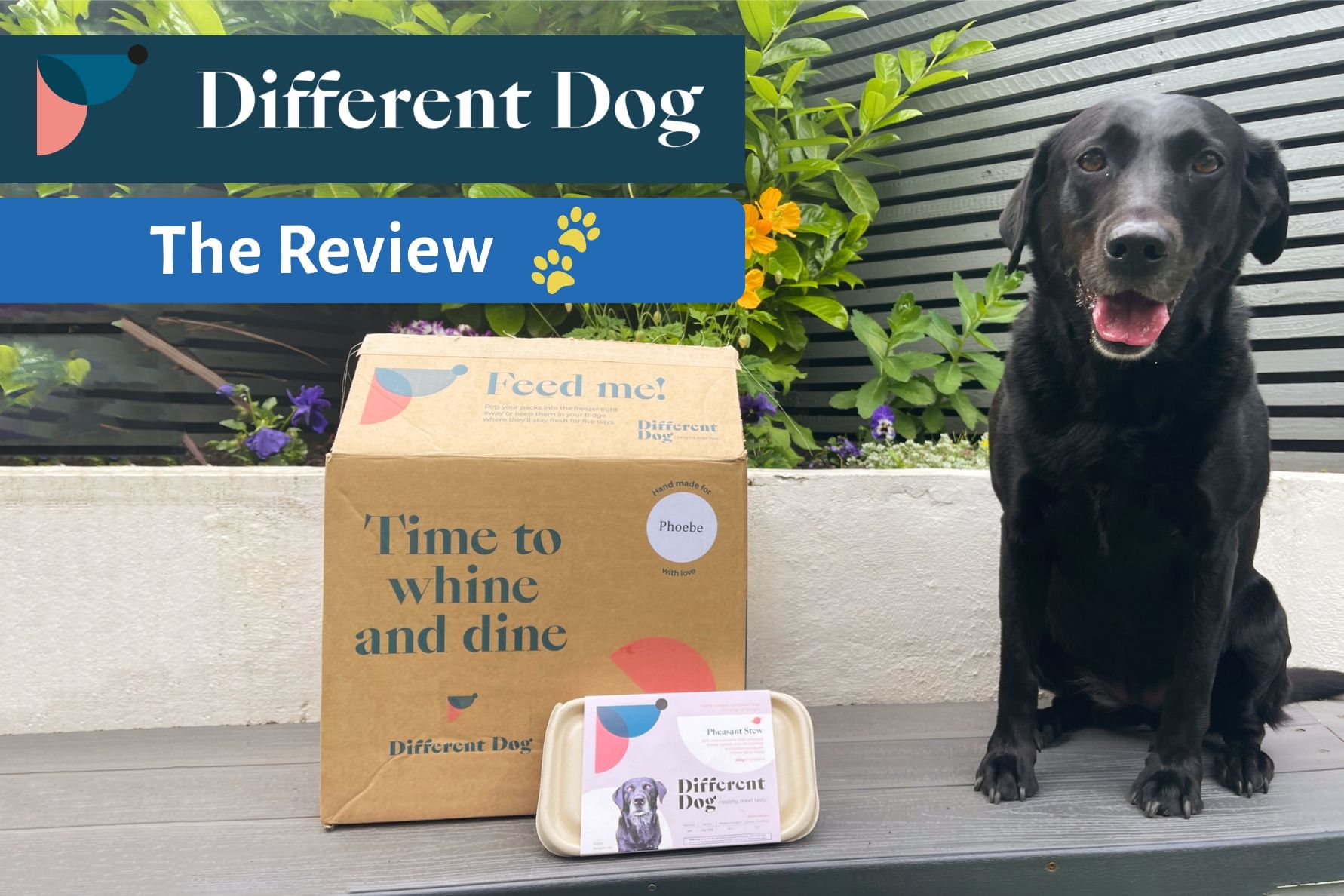Raw Cat Food Calculator
Many cat owners advocate raw feeding as a way to avoid excessive carbohydrates and additives found in many kibble-based foods. If you’ve settled on a raw diet for your feline friend, you’ll need to do some math to ensure your pet gets the right amount of food each day with appropriately balanced ingredients.
Raw feeding calculations are generally based on body weight. Adult cats require roughly 3% of their ideal weight in raw food to maintain a good body condition. This number should be adjusted up or down based on your cat’s age, activity level, and current weight. If you choose to prepare your cat’s raw meals at home, you’ll also need to calculate an appropriate quantity of raw meaty bone (RMB), a corresponding portion of muscle meat, and the right amounts of offal and liver. Wherever you are in your raw feeding journey, our calculator can help out with the math.
1. Your cat's raw feeding requirements
2. Nutrition and meal planner
Preferred raw diet ratio
Enter preferred percentages, or start from a popular preset.
Remaining % to allocate: 0.
Raw meaty bone (RMB)
Choose a common cut, or select 'Custom' to enter a percentage.
Choose a RMB with a higher bone content to meet your cat's bone intake requirements.
| Boneless meat | |
| Liver | |
| Organs | |
| Other | |
| Total per day |
How much raw food does my cat need?
A cat’s daily raw food portion size should be calculated as a percentage of their body weight. A good rule of thumb is to feed approximately 2% of your cat’s body weight per day and split the portion into two meals. Although this is a good starting point, remember that an adult cat’s calorie requirements can be affected by the following:
- 🏃 Activity level: Active cats require more calories to maintain their energy levels compared to sedentary cats. Cats who spend their time playing, hunting, or engaging in other physical activities may need a higher calorie intake. Our cat calorie calculator can help you determine a cat’s requirements based on their activity level.
- 💊 Health conditions: Certain conditions, such as diabetes or thyroid issues, can affect a cat’s metabolism and caloric needs. Consult with a veterinarian for specific feeding recommendations if your cat has underlying health concerns.
- 🐈 Metabolism: Some cats may have a naturally faster or slower metabolism than others, which causes individual variability in calorie burning rates. Metabolic rate can influence the amount of food a cat needs to maintain a healthy weight.
Many pet owners prefer to free-feed kittens, allowing them to choose how much they want to eat during their rapid growth phases. Use these figures as a starting point to determine how much you should offer your kitten:
| Kitten Age | Daily Portion |
| 2 - 4 months | 6% - 10% |
| 4 - 8 months | 8% - 7% |
| 8 - 12 months | 3% - 6% |
What’s the difference between PMR, PMR+, and Whole Prey approaches?
While you can buy ready-made, commercial raw food, many cat owners choose to make their own. If you choose this DIY approach, you’ll soon encounter some of the more popular approaches:
- 🥩🦴 Prey Model Raw (PMR): PMR aims to mimic a cat’s natural prey diet as closely as possible. This model emphasizes feeding whole prey or whole parts of animals to provide a balanced and species-appropriate diet. The PMR ratio typically reflects the approximate percentages of a whole prey animal: 80% meat, 10% bone, and 10% secreting organs (typically half liver).
- ➕ Prey Model Raw Plus (PMR+): PMR+ is a variation of the PMR diet that includes additional ingredients to enhance the nutritional value. In addition to muscle meat, organ meats, and bones, PMR+ often incorporates supplements such as eggs, fish oil, or other sources of omega-3 fatty acids, and vegetables or fruits.
- 🐇 Whole Prey: The Whole Prey approach involves feeding whole animals, including feathers, fur, bones, organs, and other parts, to replicate the natural prey diet of a cat. Sourcing and feeding whole prey can be challenging, so this model is less popular than the PMR or PMR+ approaches.
All of these approaches—and many others—have vocal and enthusiastic followings and equally vocal detractors. Whichever you choose, ensuring the diet is nutritionally balanced and meets your cat’s dietary requirements is crucial to their health. Ultimately, you’ll have to decide what’s best for your cat based on the advice of your veterinarian and licensed veterinary nutritionist.
What are raw meaty bones for cats?
RMBs are an essential component of a raw food diet for cats. These are uncooked bones with attached meat and connective tissues from a variety of animal sources, including chicken, duck, rabbit, and quail.
RMBs offer several benefits as part of a raw food diet. They provide a natural source of essential minerals such as calcium and phosphorus, which are vital for a cat’s overall health, including bone development, muscle function, and proper nerve signaling. They’re also extremely beneficial for dental health, reducing plaque and tartar buildup while promoting good dental hygiene.
Choose bones that are appropriate for your cat’s size and chewing ability when feeding RMBs. You should also remember that different RMBs contain different bone percentages—chicken necks are only around 36% bone, whereas chicken feet are closer to 60%. You must account for this when you create your cat’s meal, or the diet could become dangerously unbalanced.
Here is an example RMB calculation. Your cat needs half an ounce of pure bone, and your chosen RMB is 50% bone. You’ll need to double the weight and give them one full ounce of your chosen RMB to meet their intake requirements. You’ll also need to subtract the muscle meat contained in your RMB from their meat portion. The math can get quite complicated, but our calculator can help. Simply enter your RMB percentage, and the daily serving will adjust accordingly.
Finally, as with all areas of raw feeding, safety is paramount. Always avoid the following:
- ❌ Cooked Bones: No matter the cooking method, cooked bones are dry and brittle. The lack of moisture will cause them to splinter when they break, which can cause serious injury, such as perforated or obstructed gastrointestinal tissues. These hard bones can also cause tooth fractures.
- ❌ Machine-cut bones: Machine-cut bones are found in many human-grade foods but may have sharp edges that can injure your cat.
- ❌ Bones likely to splinter: This includes bones like turkey drumsticks (i.e., legs).
- ❌ Inappropriately-sized bones: Bones that could easily be swallowed whole share some of the same risks as splintered bones (e.g., blockages). Larger, weight-bearing bones are too hard and may cause broken teeth or jaw fractures.
How safe is a raw diet for cats?
The CDC does not recommend feeding raw food to cats because raw meat can carry bacteria such as Salmonella and Listeria. Kibble, canned, and fresh cat foods are typically cooked to a sufficient temperature to kill these pathogens before sale.
Meat purchased from the store for use in a DIY raw diet can carry dangerous bacteria because it is intended for cooking and human consumption. A quality butcher can tell you where meat is from and how it has been handled, but any raw meat has the potential to carry harmful germs. Commercially prepared raw diets go through strict safety checks, but many are still contaminated. Studies show that 30% to 50% of commercially made and home-prepared raw diets contain harmful pathogens.
Good sanitation is crucial if you choose to feed a raw diet, especially if anyone in your household has a compromised immune system—including young children and seniors. Up to 30% of pets fed a raw diet can shed harmful bacteria in their feces that can make people or other pets sick, even if the pet eating the food does not appear sick themselves. To keep you and your family members safe, thoroughly wash your hands and all surfaces and utensils after touching any raw food. Follow all necessary precautions when storing your cat’s raw food or any ingredients intended for their meals.
Because of the large number of scientific studies that show raw-fed pets can spread serious diseases, the American Veterinary Medical Association (AVMA), American Animal Hospital Association (AAHA), and American Association of Feline Practitioners advise against raw feeding in pets. Instead, they recommend feeding commercially made dry or canned food or working with a nutritionist to formulate a safe, balanced, home-cooked diet.
Most healthy pets are not adversely affected by bacteria contained in raw diets, but those with medical conditions are more susceptible to serious infections. If you choose to make your own raw diet, your cat could face problems related to long-term nutrient imbalances. The decision to feed a raw diet is entirely up to you as a pet owner, but you should carefully consider the risks to your household and your pets and speak to a veterinary professional before making your choice.
Where can I learn more?
- RMB Directory (Perfectly Rawsome website)
- Raw feeding advice and support (Facebook group)
- American Veterinary Medical Association (position statement)
- American Animal Hospital Association (position statement)
About YourPaws.com
Here on Your Paws, I build science-backed tools for pet owners. You'll also find vet-checked answers to common questions and in-depth reviews of food and toys, all designed to help you make the right decisions for happy, healthy pets. Read more about the site.
The content on this website is intended to be informative, but it should not be taken as a substitute for personal advice from your vet. See our editorial policy and disclosure to learn more.



